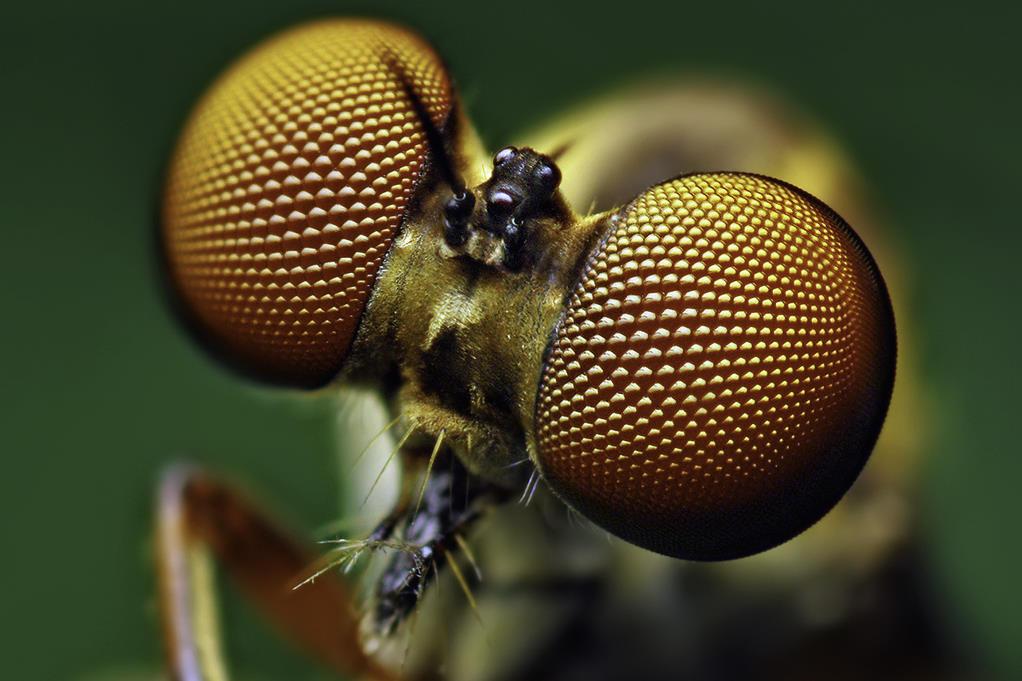Fly eyes link DNMBP to congenital cataracts
A new study has found compelling evidence that links dynamin-binding protein (DNMBP) to congenital bilateral cataracts and severe vision loss.
“We were intrigued when 12 individuals from three unrelated consanguineous families of Pakistani descent presented with congenital cataracts and severe to partial loss of vision in both eyes. Cataract surgery didn’t improve their visual acuity, which led us to suspect a genetic disorder that was affecting more than just the opacity of the eye lens,” said Dr Stylianos Antonarakis, who leads the Institute of Genetics and Genomics of Geneva in Switzerland.
Researchers compared the whole exome sequences of multiple patients from this cohort to the exome sequences obtained from a control cohort of similar ethnicity.
“We found all 12 patients had mutations in the DNMBP gene on chromosome 10, and even though each of the three families had a distinct type of mutation, it was obvious that the loss of DNMBP was the underlying cause of infantile cataracts and vision loss in these patients,” said Dr Muhammad Ansar, one of the lead authors of the study. “Also, every patient had two defective copies of this gene, indicating that this was likely a recessive disorder, which is common in inbred populations.”
The DNMBP protein regulates actin assembly and maintenance of tight junctions between adjacent cells so to understand how loss of DNMBP was causing cataracts and vision loss in these patients, the researchers turned to fly biologist Professor Hugo Bellen from Baylor College of Medicine in the US.
“It is striking to see how the fruit fly that looks and behaves completely differently from a human has proven an excellent model to study human disease,” said Bellen. His lab’s findings pointed to an evolutionarily conserved role for DNMBP in regulating actin assembly during eye development.
“This study has uncovered the gene responsible for a recessive Mendelian disorder that causes infantile cataracts and blindness of varying severity,” Bellen said. “By generating the fly model of congenital cataract and vision loss, we have embarked on a journey to understand the precise molecular mechanism behind this genetic disorder, which we are hopeful will lead us to promising therapeutic interventions and better quality of life for these patients.”























